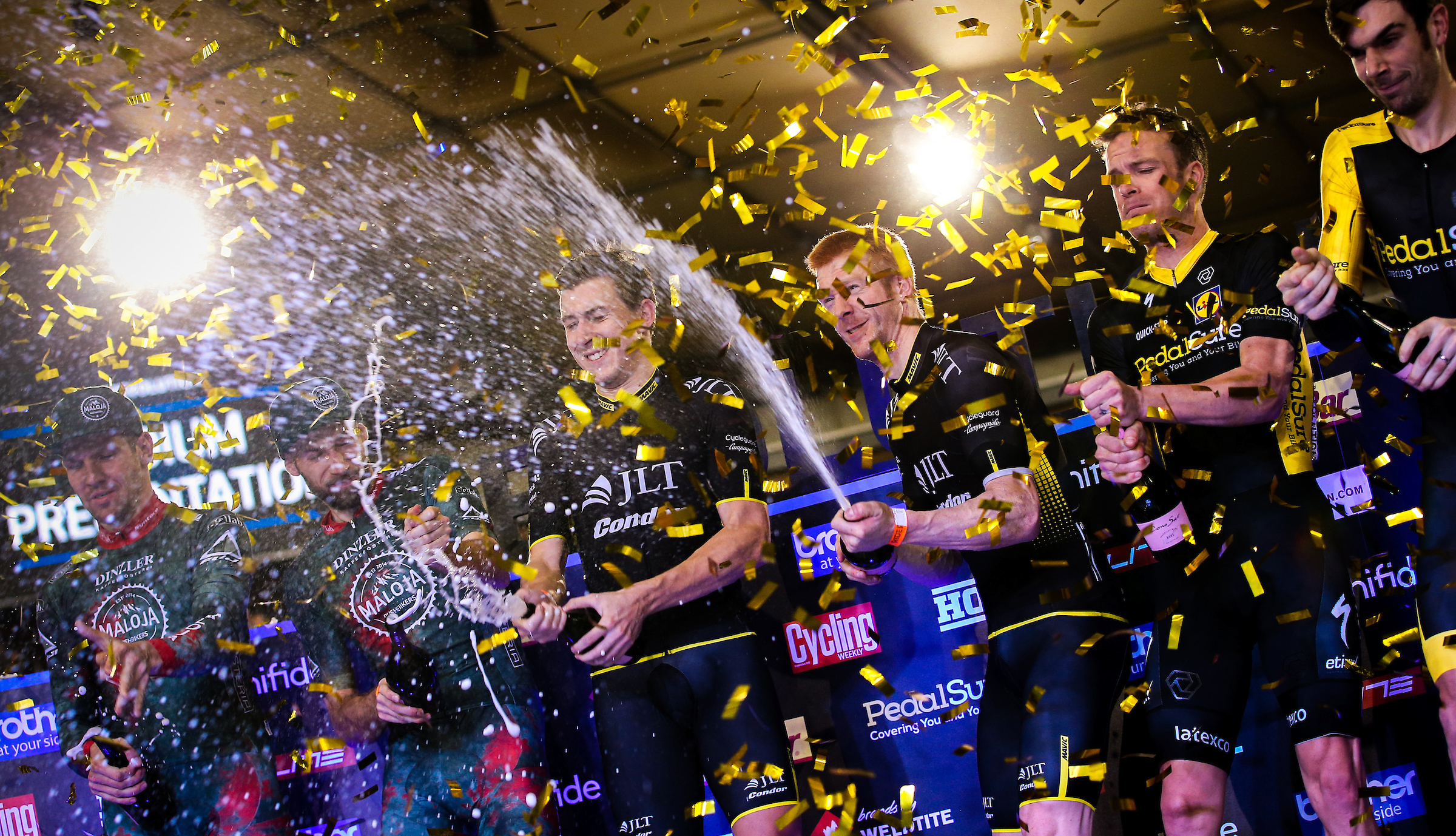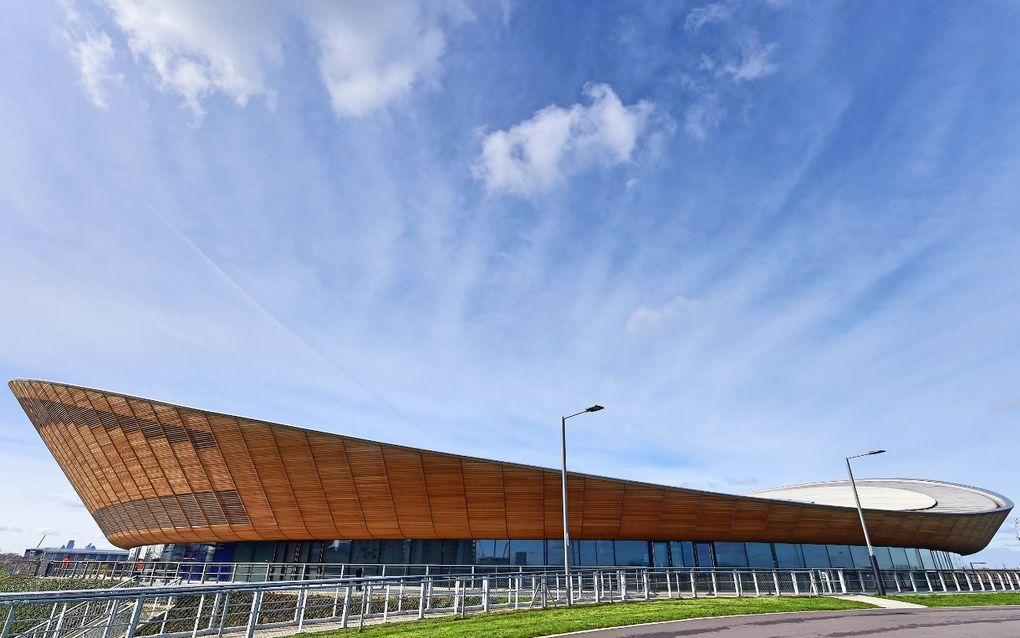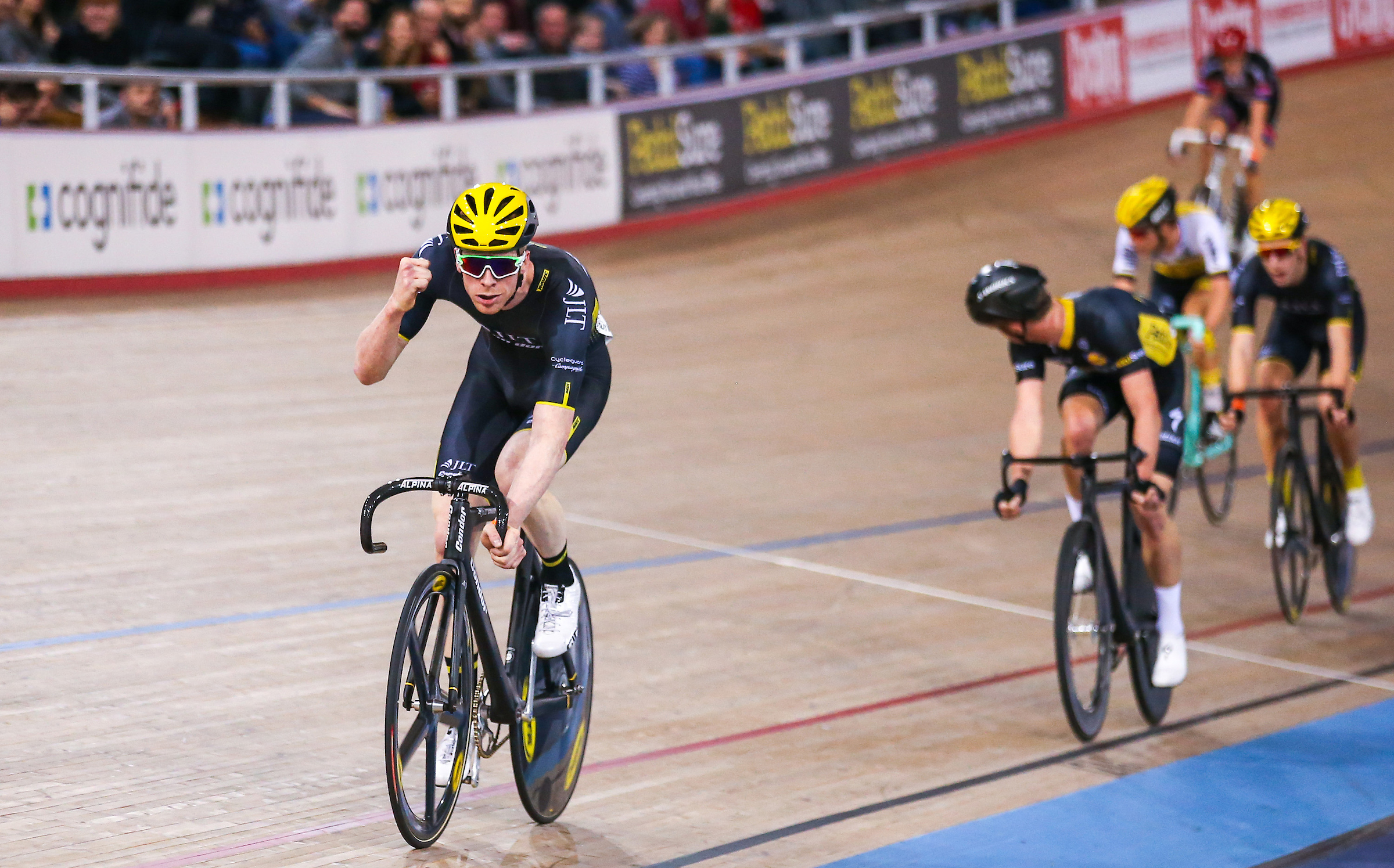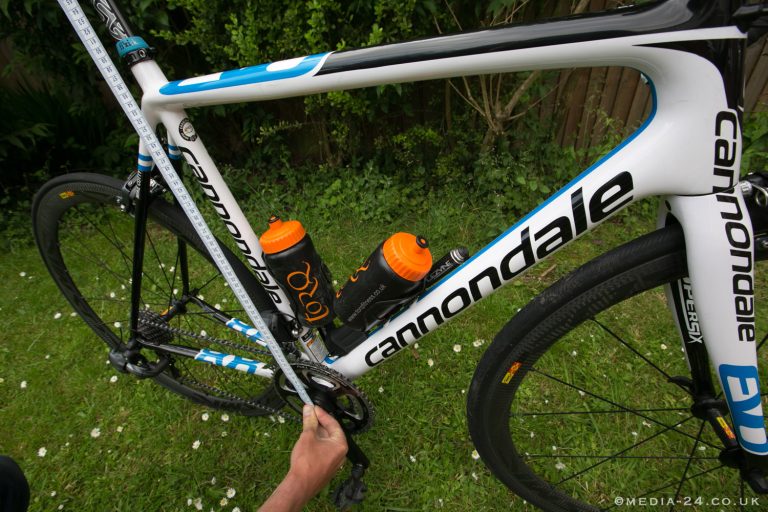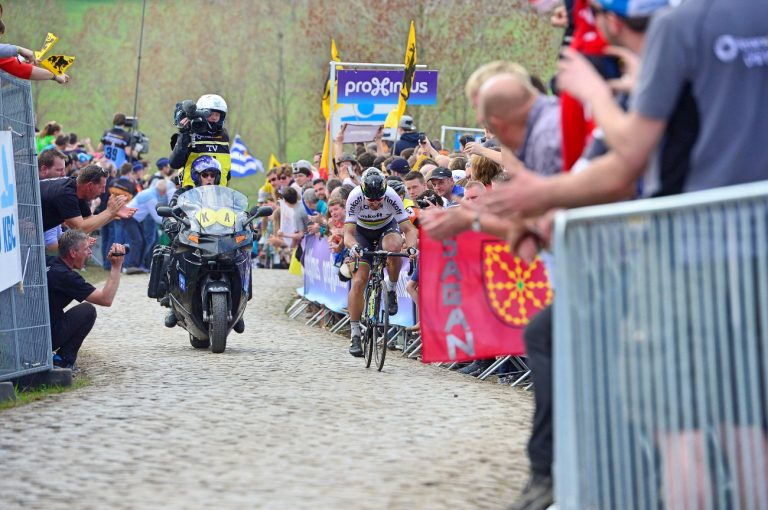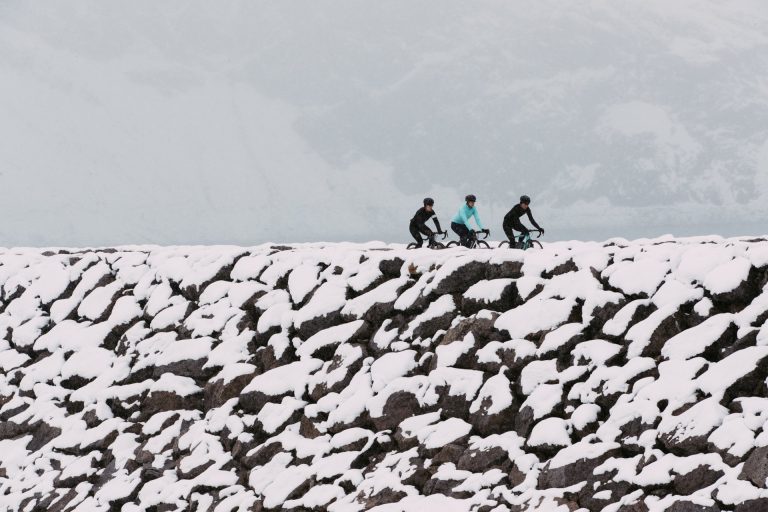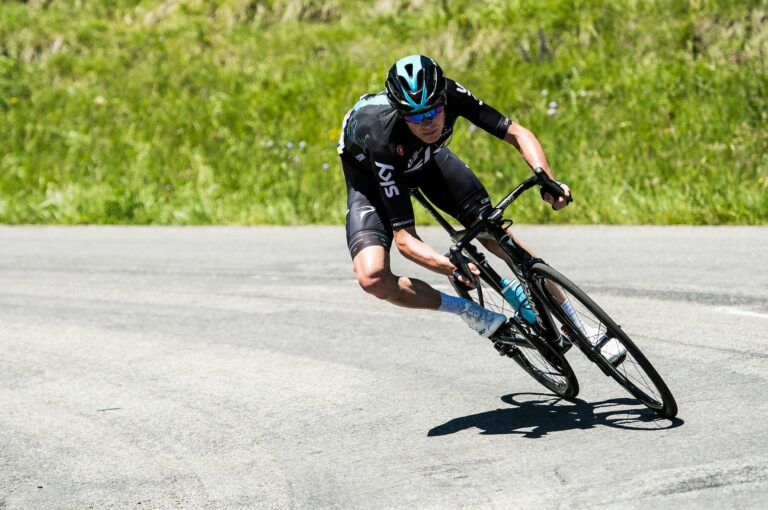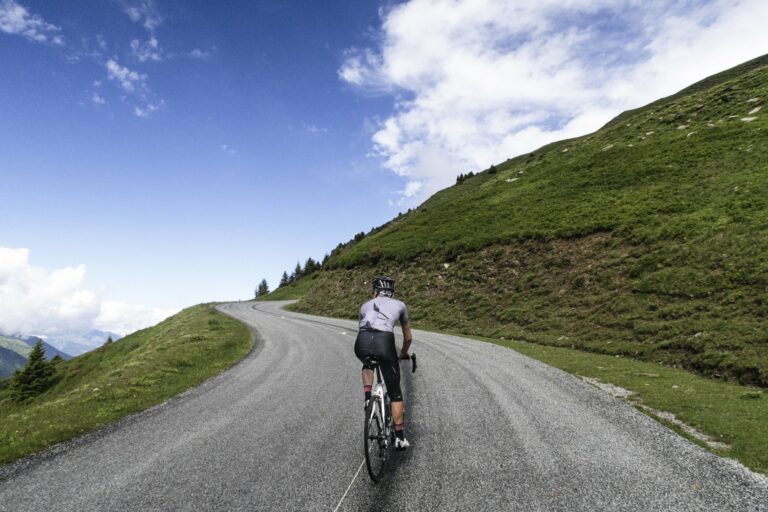Riding on the track for the first time is a daunting experience – flying towards the steep banking of the velodrome on a fixed gear bike with no brakes. But it’s also an exhilarating, adrenaline-filled ride, and one which needn’t strike fear into first-timers.
Britain has firmly established itself at the world’s leading track cycling nation and National Cycling Centre in Manchester has earned the nickname of ‘The Medal Factory’ owing to the number of Olympic gold medallists who have trained on the boards since the country’s first indoor Olympic-standard velodrome opened in 1994.
From Sir Bradley Wiggins to Laura Kenny, the success of British cyclists, who have topped the medal table at the past three Olympic Games, has inspired countless others to take to the track.
If you’ve been inspired to try track cycling but don’t know where to start, we caught up with Tim Kennaugh, coach of the JLT Condor squad, who won inaugural Revolution Champions League series, to get his advice on how to go from track newbie to the next Ed Clancy.
